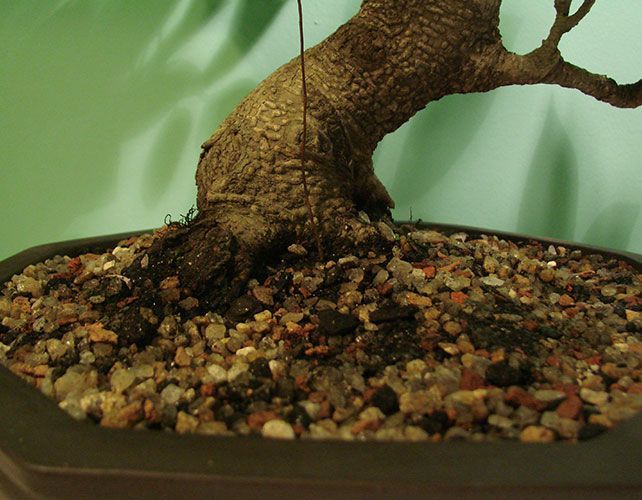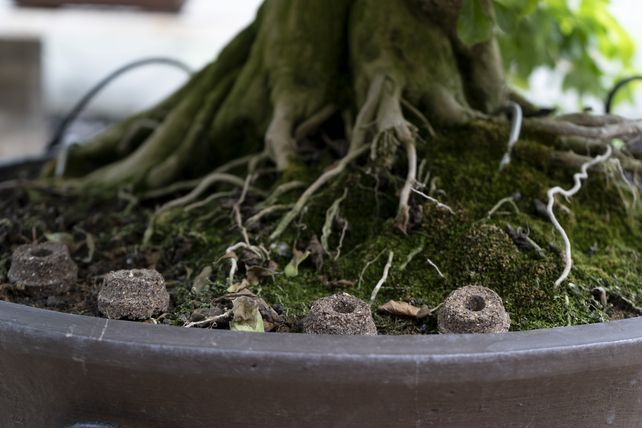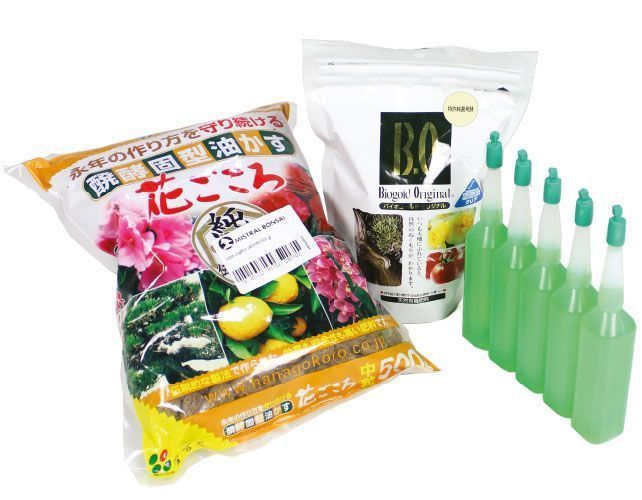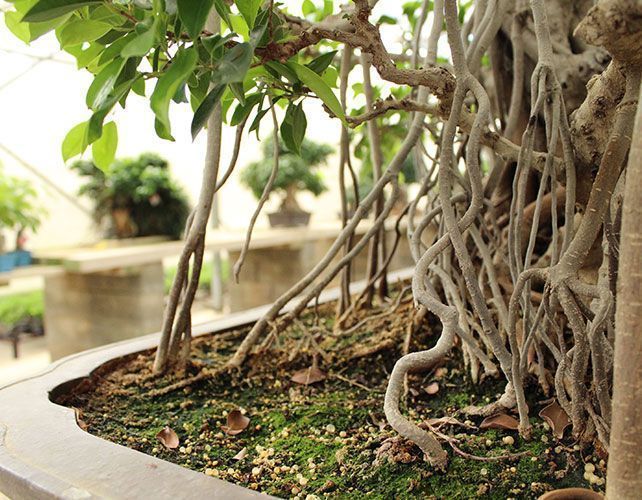Why do I have to fertilize?
We all eat every day. Food is essential for life. Plants feed on the nutritive salts that they extract from the soil. Bonsai, as they live in small pots, can consume all the nutrients in the soil. You have to replace the elements that the plant consumes by fertilizing it.
Learn how to fertilize bonsai correctly.


When do I have to fertilize?
It is necessary to fertilize especially in moments of strong growth of the plant, that is to say in spring and at the end of summer. To avoid excessive growth, unlike other crops, it is better to fertilize bonsai more in autumn (late summer) than in spring.

How to fertilize
The plant must be fertilized without surprises. It is much better to fertilize in small amounts but frequently, than to do it in excess and from time to time.
You don’t have to wait for the tree to look weak and yellowish to fertilize again.

Which are the best fertilizers?
There are two kinds of bonsai fertilizers: liquid and solid fertilizers.
NUTRIBONSAI LIQUID FERTILIZER:
Nutribonsái liquid fertilizer is dissolved in the irrigation water, or applied with the vaporization water above the leaves.
Advantages:
It is quick and clean, does not produce unpleasant odors and is easy to apply.
Precautions:
Never exceed the indicated doses.
SOLID FERTILIZER:
Solid fertilizer is arranged on top of the soil in the pot, evenly, avoiding direct contact with the trunk of the trees.
Advantages:
It is long-lasting, does not burn the plants and greatly improves the soil of the bonsai.

When sould I not fertilize?
We will not fertilize in winter, nor during periods of extreme heat in summer.
Just like when we get sick we go to the doctor instead of trying to cure ourselves by eating more, we should nott try to cure sick bonsai by fertilizing them.
First you have to discover the cause of the disease and then apply the appropriate treatment. We will postpone fertilization for when the plant begins to recover.
For the same reason we will not fertilize recently transplanted bonsai or those that have dried up due to carelessness.
